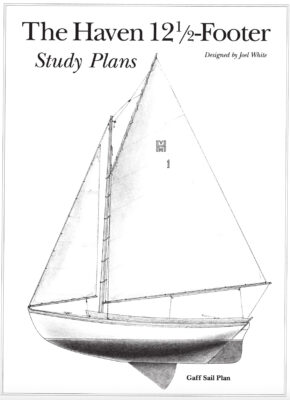
Haven 12 1/2-Footer
The original print version of this article can be viewed as a PDF or purchased from the WoodenBoat Store.
Join to view PDF Purchase Haven 12 1/2 Class PlansThe Haven 12 1⁄2 was inspired by the history and tradition of Nathanael G. Herreshoff’s renowned Herreshoff 12 1⁄2, a class of keelboats just under 16′ long (with a waterline length of 12 1⁄2′-hence the name). Long known for their seaworthiness, their charm, and their fine turn of speed, the Herreshoff 12 1⁄2s—or Bullseyes, as the marconi-rigged versions came to be known—have carried sailors young and old since 1914. The elegance of the design is timeless.
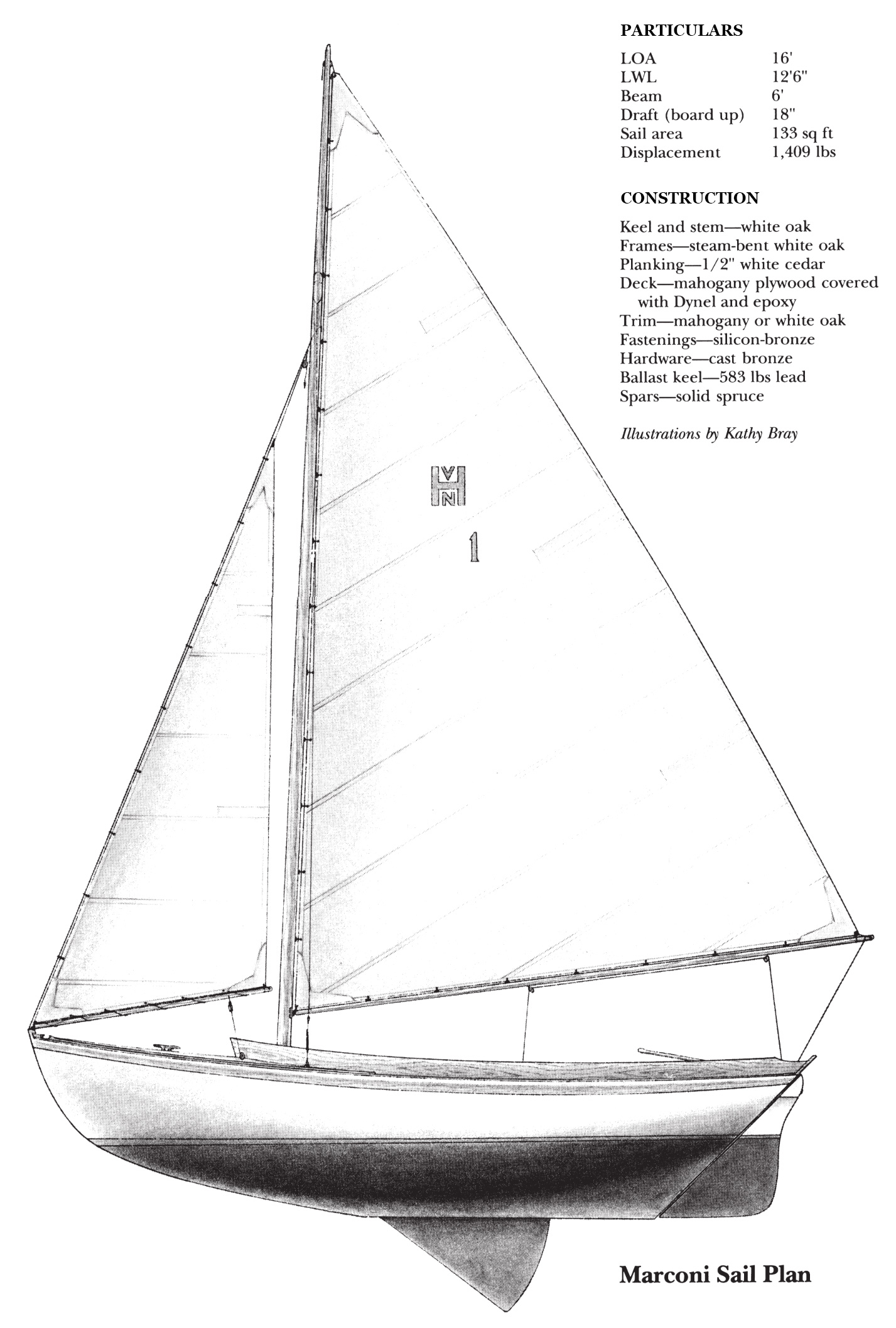
Marconi sail plan
The Haven 12 1⁄2 was born when our friend Sam Neel found himself in search of a good small boat for his use on Squam Lake in New Hampshire, where he has a summer cottage. Sam had owned a Herreshoff 12 1⁄2 for some years, but he needed a boat that he could haul and launch conveniently by himself, since there is no boatyard facility nearby. The draft of his Herreshoff 12 1⁄2 made her too deep for this or easy trailering, but Sam still had a classic looking, seaworthy boat in mind, this time with shallow draft and a centerboard. Yet, there was no design we could recommend which incorporated all the attributes Sam wanted, and, after some discussion with him, we decided to create a new design.
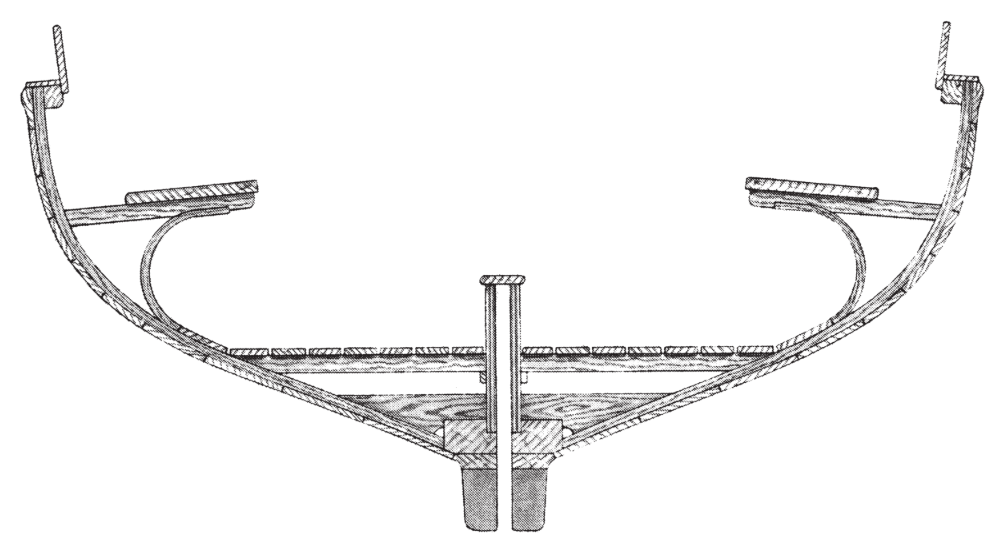
Midsection
The new boat would embody as much of the character of the beloved Herreshoff 12 1⁄2 as possible, yet draw significantly less water. The beam would be increased so as to retain the stability of the original, and the spars, rigging, and sails would remain unchanged. She would be a keel/ centerboarder. Joel White would be the designer, and Maynard Bray would build the prototype, working under Joel’s guidance. Jon Wilson, Editor of WoodenBoat magazine, provided encouragement and support in the belief that the design would likely become popular among sailors and the accomplished amateur builders.
Construction of the boat followed the method developed by Nathanael Herreshoff for the efficient building of both small boats and large yachts: upside-down, with a station mold placed at every frame location, such that each frame is bent over a mold. For the development of boats built in series, as the original boats were, the system was an ingenious and indispensable one. Building upside-down is always easier, if the tooling is properly developed, but for a single boat it became a question of whether a mold for every frame was necessary. What the molds provided was the precise shape for each frame and an absolutely precise relationship of one frame to the next-which results in a faithful hull shape, and adds dramatically to the appearance of the inside of the boat. It seemed worthwhile.
The project progressed, questions arose and were answered, and in time, the boat was completed and launched. She was, in both appearance and performance, a wild success. Sam’s new boat was named PETREL, and he suggested that we find an appropriate name for the class, since it was very likely that a class would form. One suggestion seemed to take hold: the Haven 12 1/2, named for the summer colony on Eggemoggin Reach in Brooklin, where Sam has another small cottage.
Afloat, PETREL so closely resembles the original Herreshoff 12 1⁄2 that, were it not for the low centerboard trunk which shows above the floorboards, even an experienced eye could not discern the difference. And, as nearly as we can determine, the speed and handling of the two designs is identical. The big difference is that PETREL draws a foot less water: 18″, as compared with 30′ for the full-keeled original design.
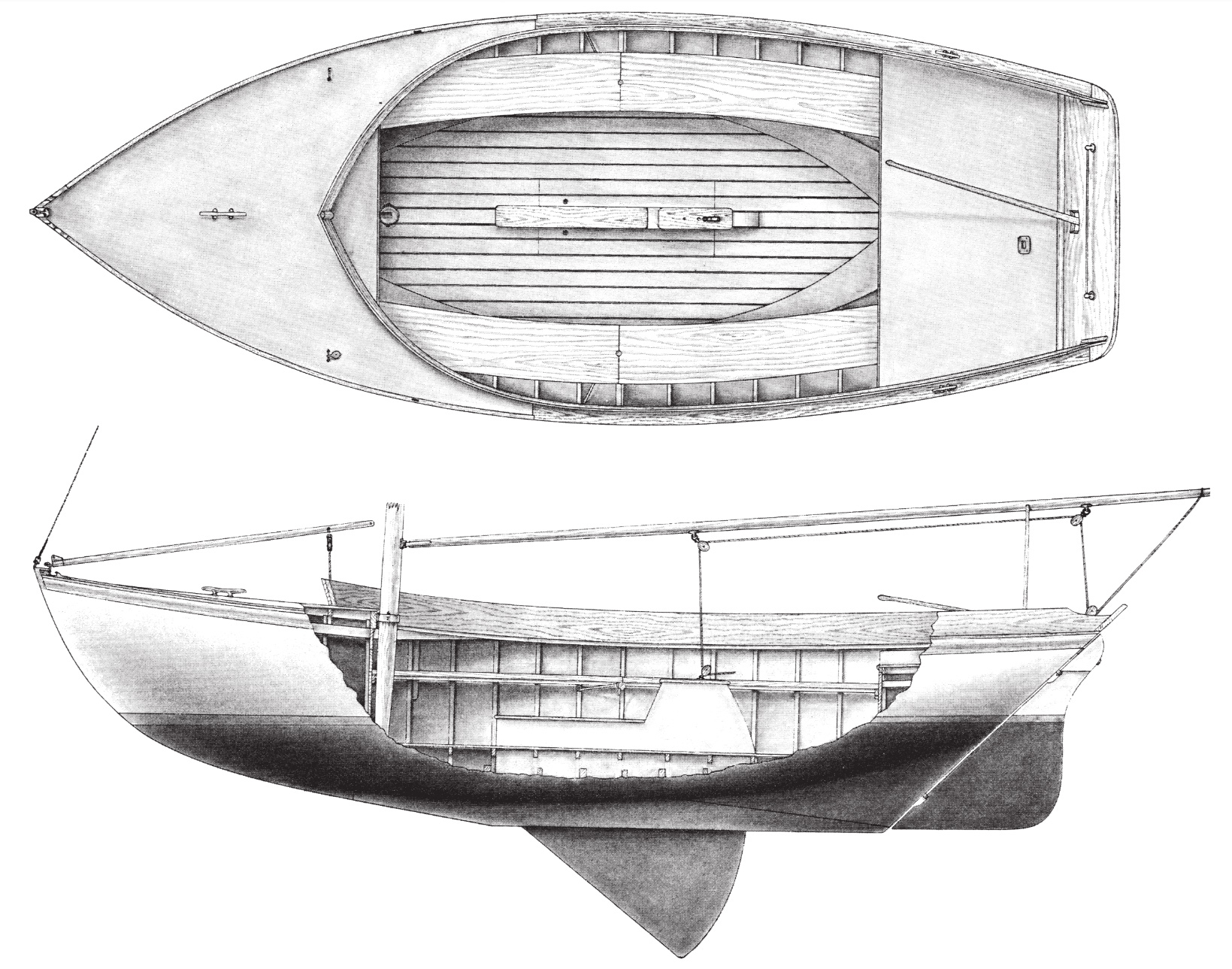
Haven 12 1⁄2
None of us connected with the Haven 12 1⁄2 class claims to have created something revolutionary; rather, we’ve simply tried to make a near-perfect boat a little more versatile. Reducing the draft while preserving much of the seaworthiness provides opportunities for sailing in shallower water and beaching for picnics ashore (without having to tow a dinghy). Hauling, launching, and even storage in the family garage is much easier than with a full-keeled boat. Admittedly, a keel/centerboard configuration adds something to the boat’s cost and complexity, but it seems more than a fair trade-off.
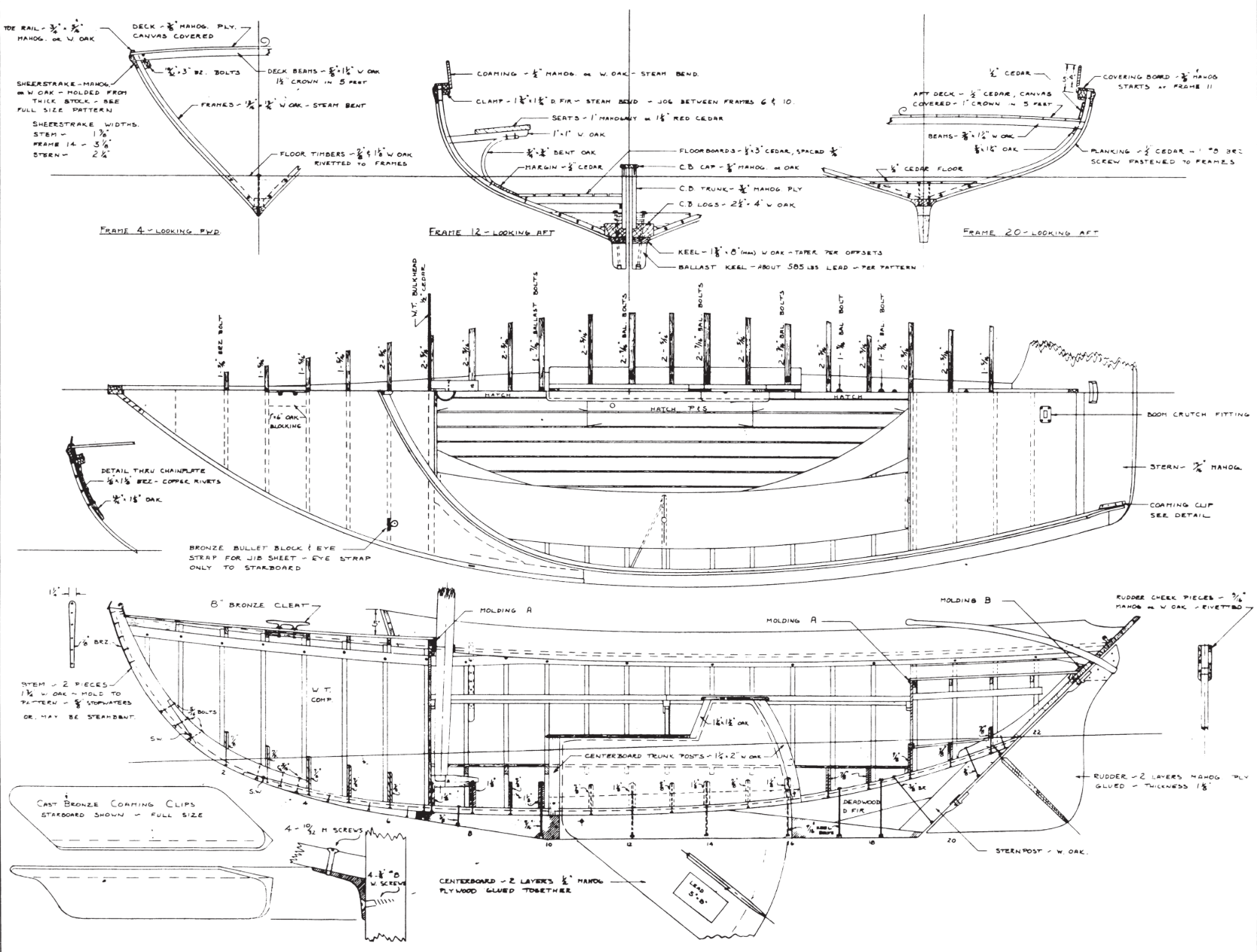
Construction Plans
The Haven 12 1⁄2 is not a quick-and-easy boat to build. Like anything worth doing, it is worth doing well, and it seems only proper that something this wonderful would require a little more than average effort. In fact, however, it is not very complicated; it simply requires care and concentration. We have done everything we could to make the building process understandable: the plans for the Haven 12 1⁄2 are very detailed, and they include full-sized templates for the hull molds, transom, and other key pieces. The need for lofting is thus eliminated.
There is an exceptionally comprehensive, illustrated instruction manual which describes the construction steps in detail. We believe that anyone with reasonable woodworking experience and access to the standard books on boatbuilding can build the boat, if he or she is willing to work with patience and care. More important, we believe that the effort will be more than amply rewarded—perhaps for generations to come.
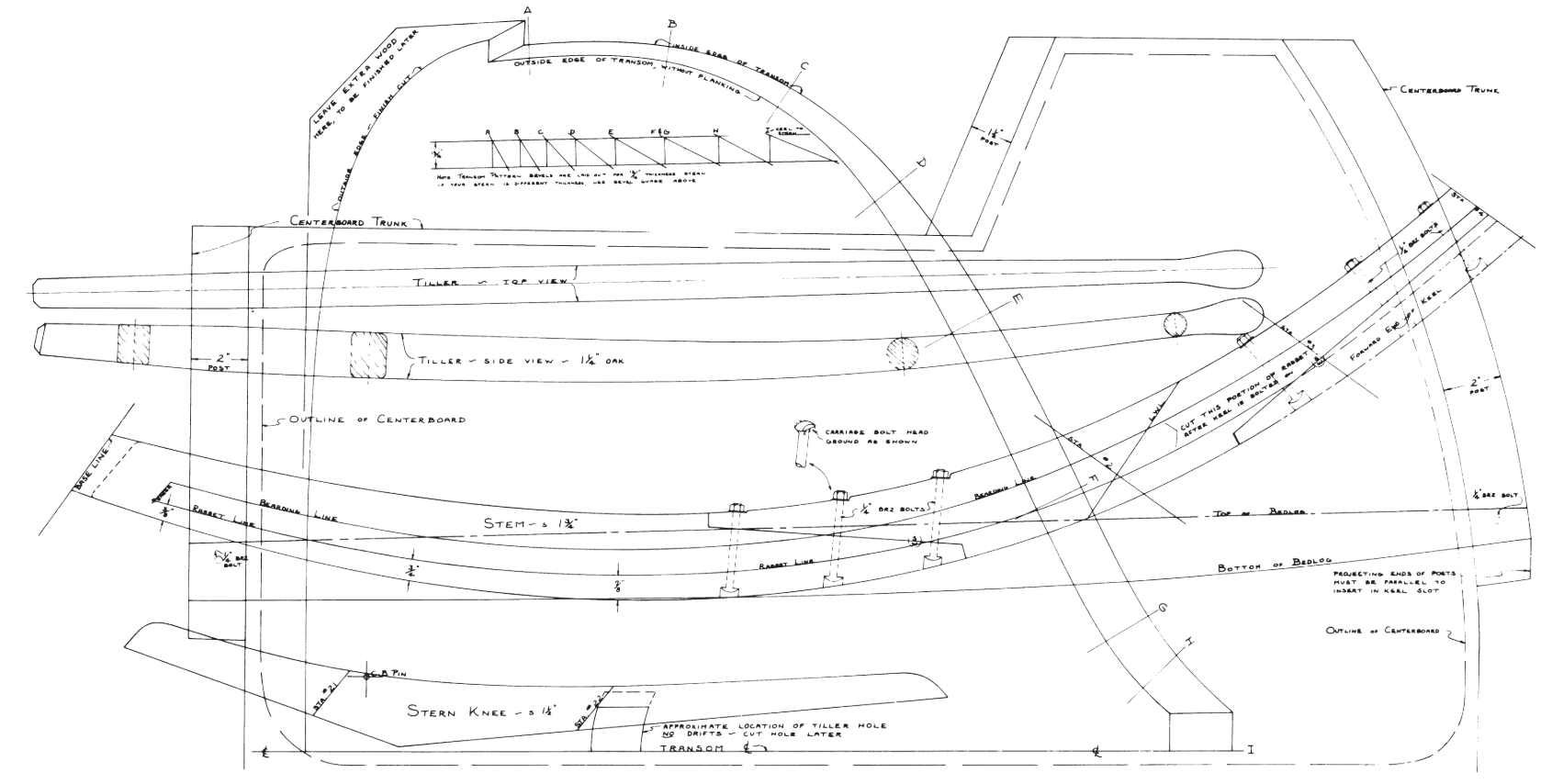
Pattern plan for stem, transom half-breadth, stern knee, tiller, centerboard and trunk.
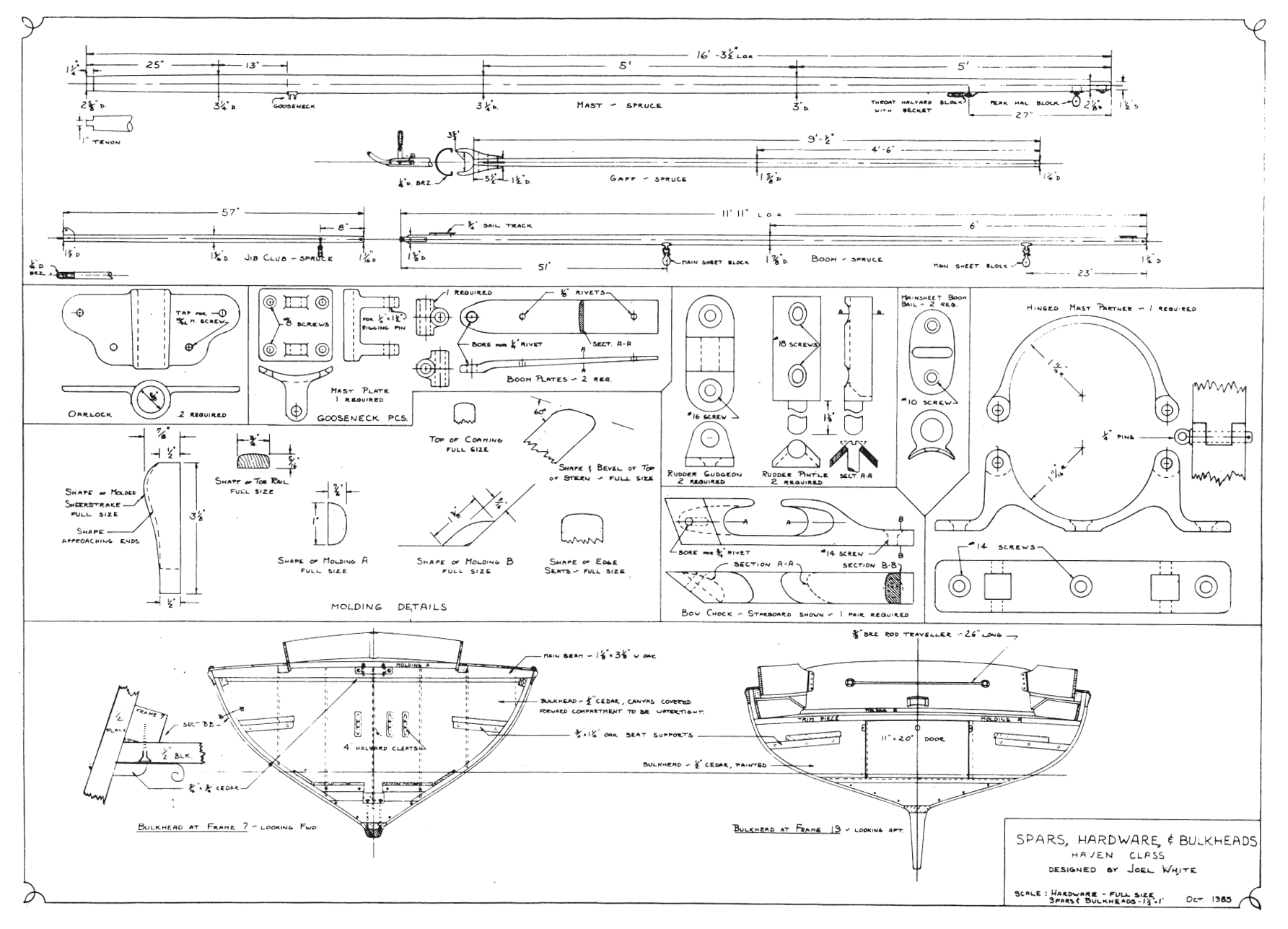
Spar, hardware, and bulkhead plan. Hardware and pattern plans are drawn to full scale.
Completed Haven 12 1⁄2 Images
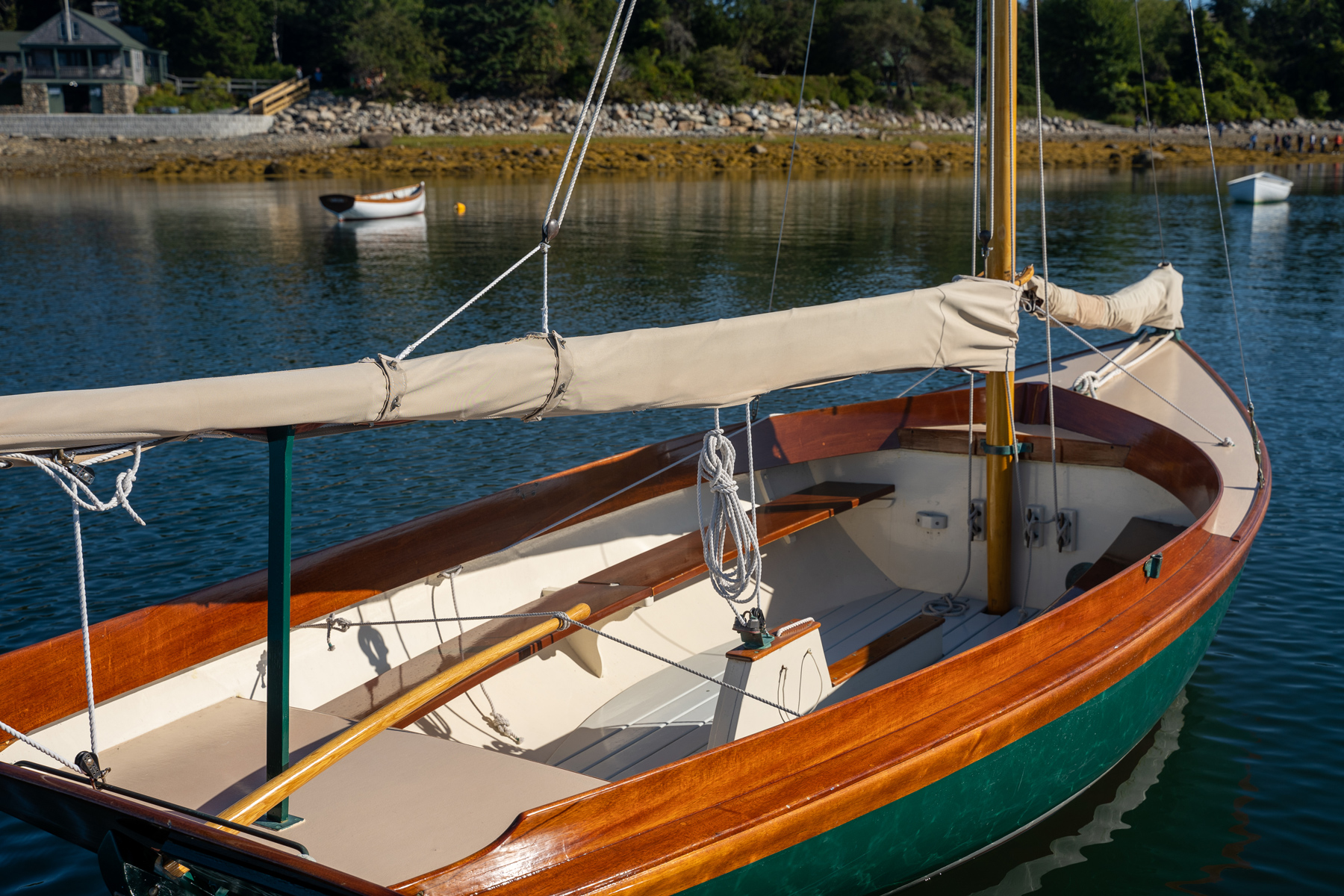
CRACKER JACK, part of the WoodenBoat School fleet, is a cold-molded version of the Haven 12 1/2.
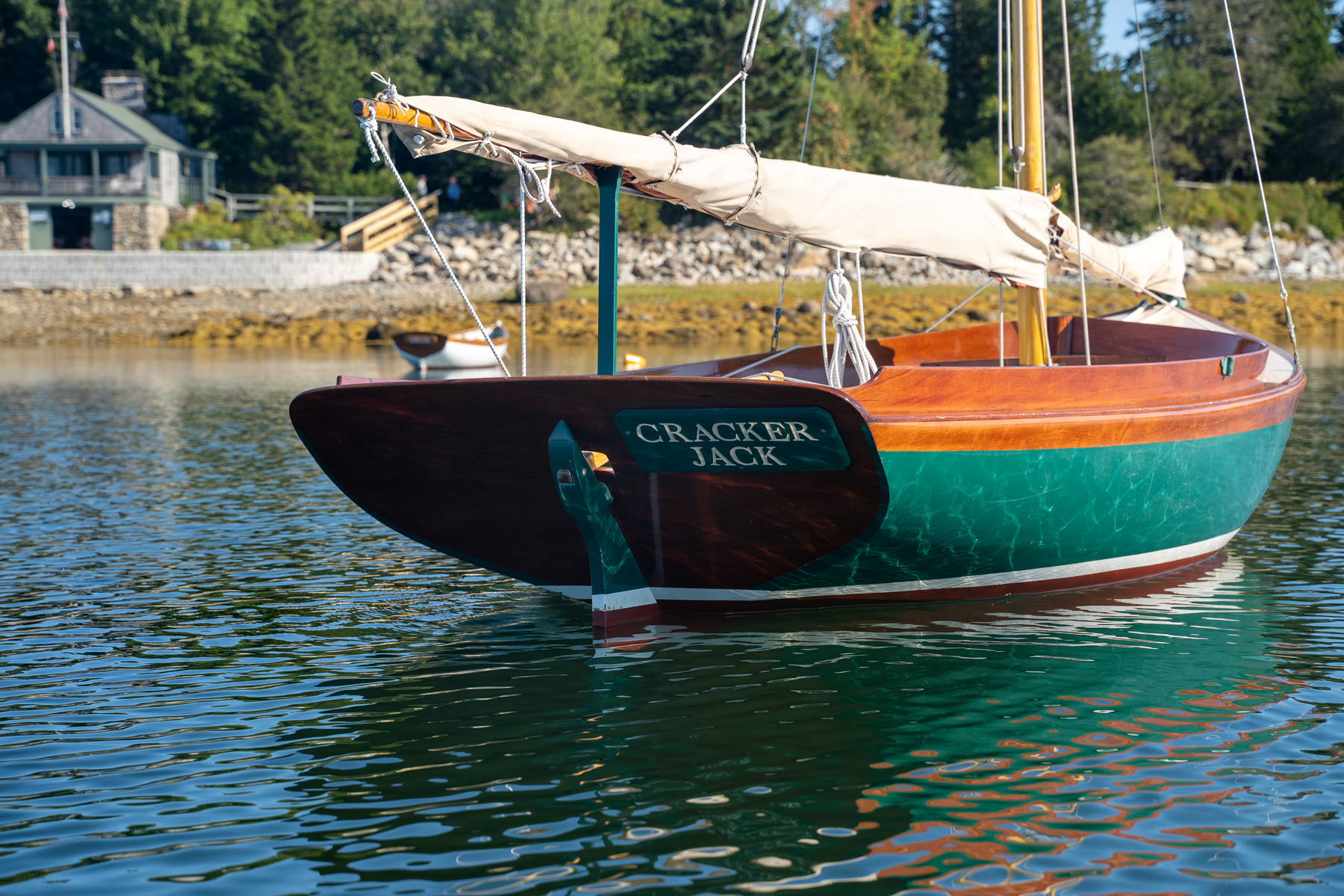
CRACKER JACK swings to her mooring at the WoodenBoat waterfront.
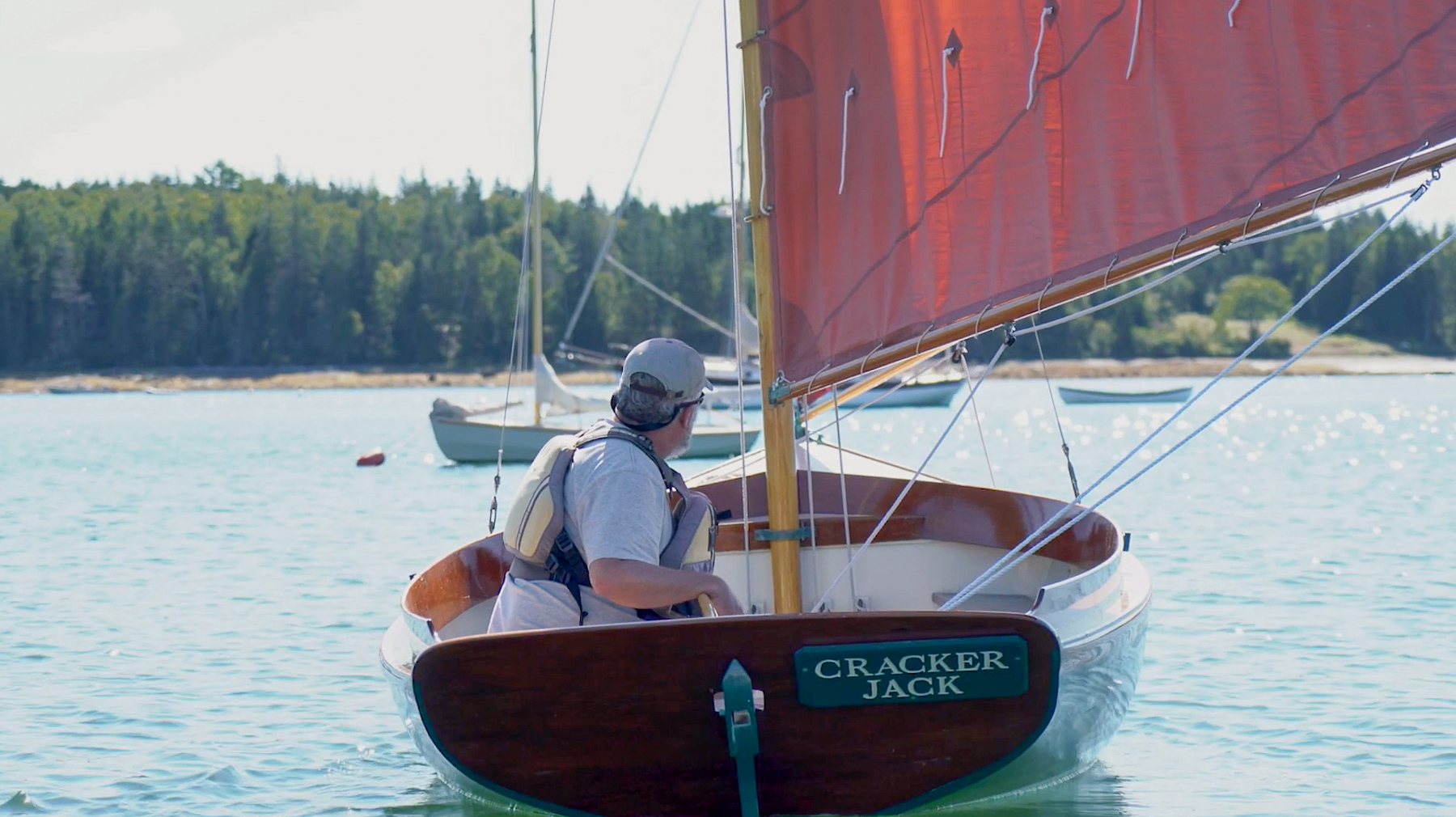
Thanks to the genius of N.G. Herreshoff and Joel White, the Haven 12 ½ has gained a reputation for being a versatile beauty.
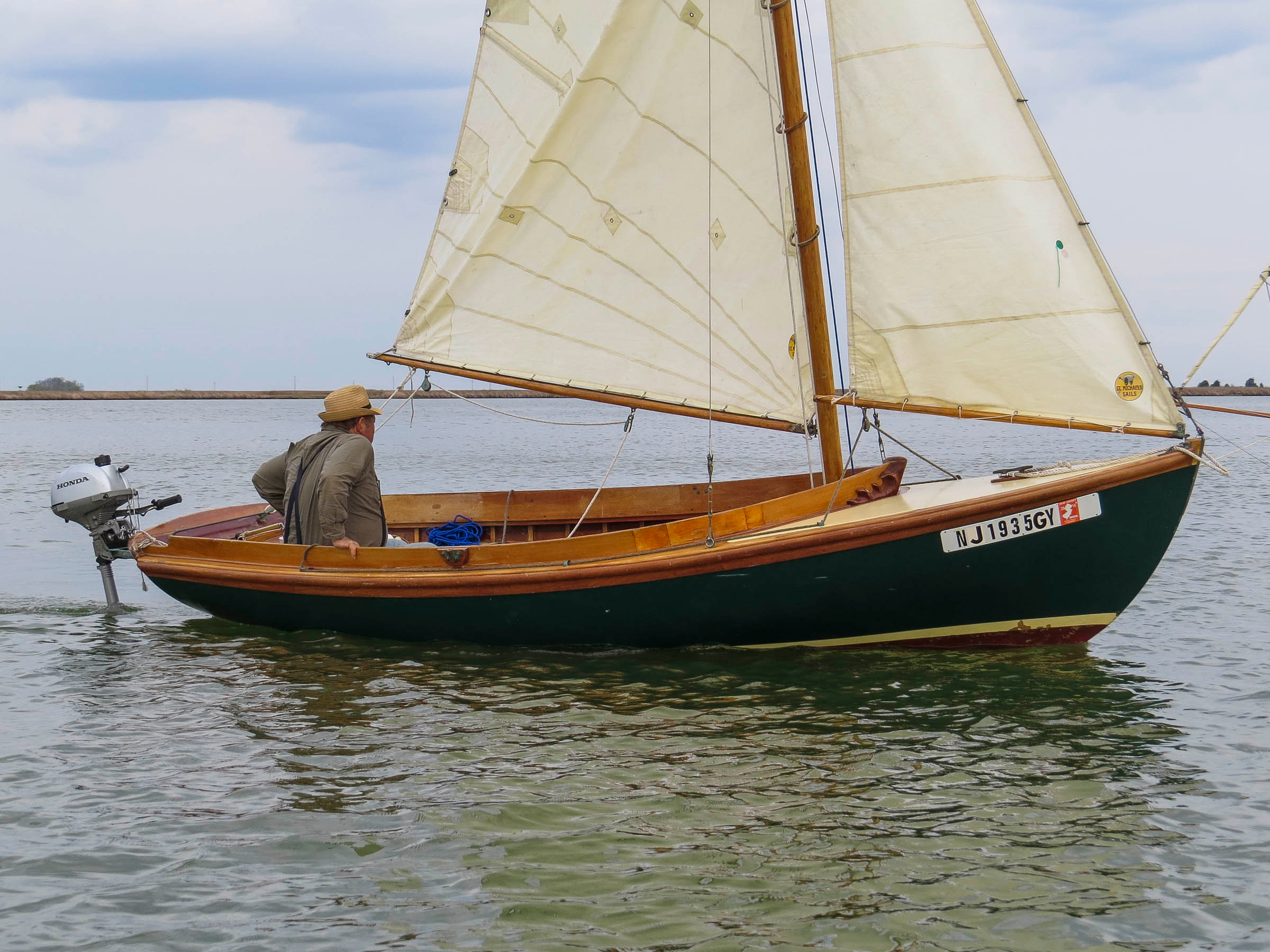
The Haven 12 ½ JACKAROO, strip-planked with a fiberglass skin, gets a boost from the outboard during a lull in the wind.
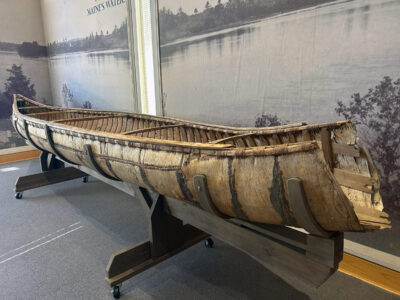
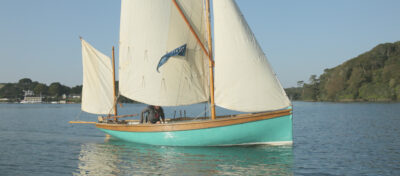
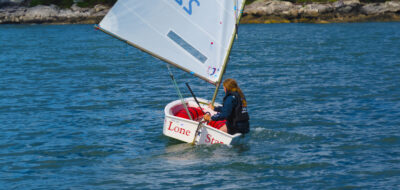
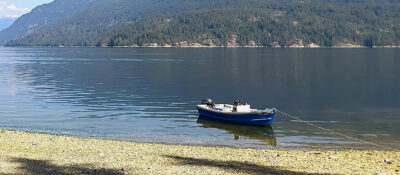
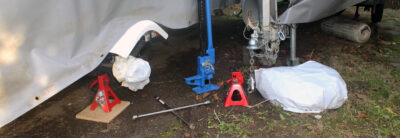
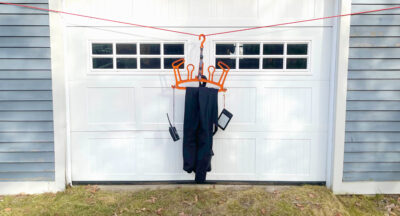
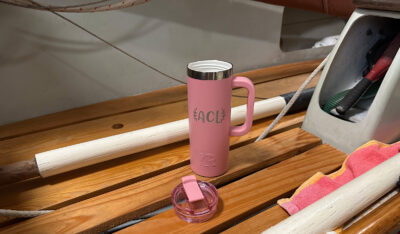
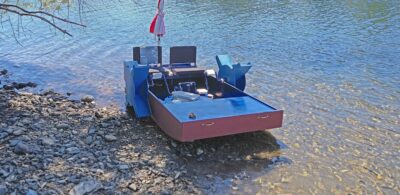
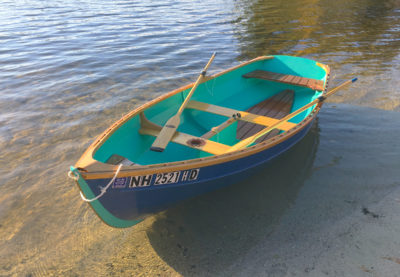
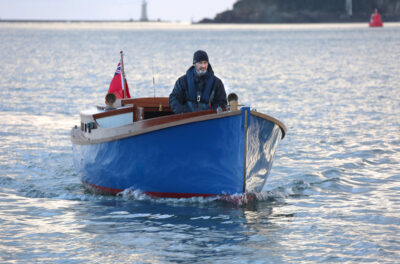
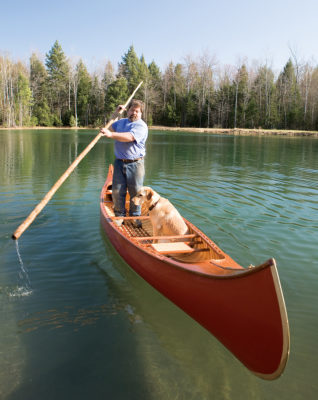
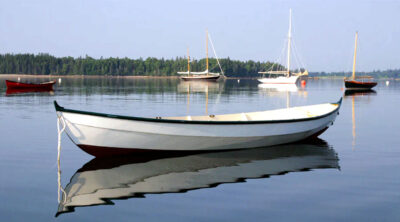
Lovely day sailor